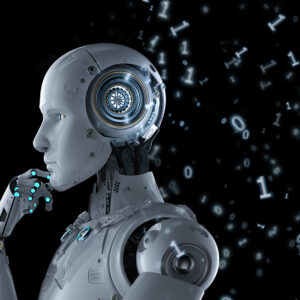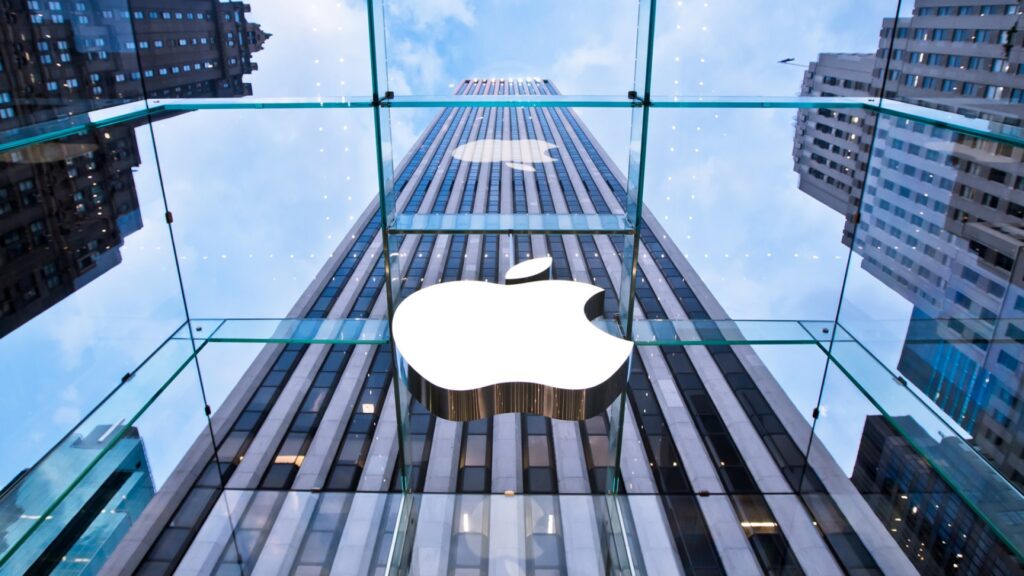
Born in a garage from the minds of Steve Jobs and Stephen Wozniak, supported by minority shareholder Ronald Gerald Wayne, the ‘Bitten Apple’ is today one of the most advanced companies in the field of technology
It’s April 1, 1976 . Steve Jobs and Stephen Wozniak , aged 21 and 25, founded Apple Computer Inc in Cupertino, California. As a logo, the boys decide to use the image of Newton under an apple tree: this is the father of the famous bitten apple which in a few years would have traveled around the world. A third minority partner accompanies them in this adventure, he is Ronald Gerald Wayne. They are financed by a former Intel executive, Clifford “Mike” Makkuula Jr, who invests 250 thousand dollars.
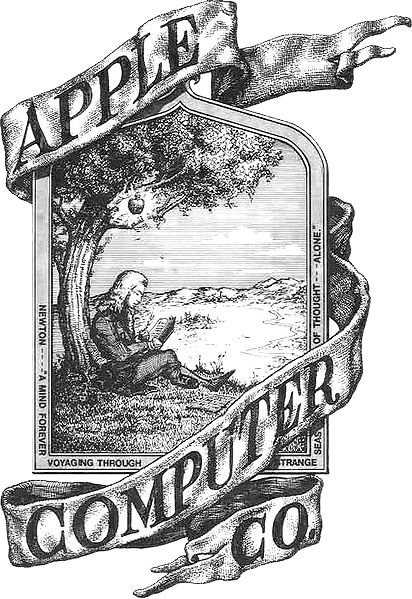
Apple I and II
Passionate about electronics, Jobs and Wozniak had known each other since school and had already worked together in the early 1970s on a device called the ” Blue Box ” to make free telephone calls. In 1975 Wozniak began designing his first computer and Jobs immediately understood its commercial application. The project was completed the following year and was named Apple I.
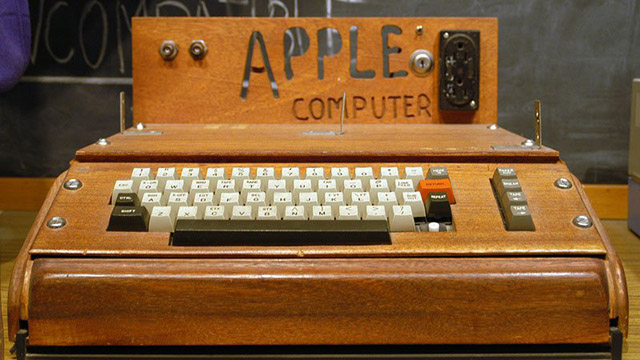
With a 1MHz Mos Technology 6502 CPU and 8KB RAM, it sells for $666.66. Its advantages are the simplicity of the components, the power and the fact that it can be connected to a television, given that video devices were rare at the time. However, the product is not immediately understood: the computer is actually a motherboard, whoever buys it must then add a keyboard, a case and a power supply. The Byte Shop orders 50 examples, but asks for accessories to be completed. This gives rise to tensions between the partners, so much so that Wayne sells his shares. Jobs and Wozniak did not lose heart and assembled the 50 computers by hand, in the garage of Steve’s house.

The business went well, so much so that the Apple II was launched in April 1977. This time the computer comes complete with case, keyboard and color graphics. The product arrives in schools and universities, and for many people it is the first computer of their lives.
The bitten Apple
For the launch of the Apple II Jobs decides to change the logo and asks graphic designer Rob Janoff to create something simpler. The result is a bitten apple with the rainbow colors reversed. There are different versions of the meanings of choice. The first is linked to Newton’s apple, depicted in the company’s first symbol. The bite would be a graphic addition to distinguish it from a tomato or other fruit.

It is said, otherwise, that it is in homage to Alan Turing , the father of modern studies on artificial intelligence, found dead by suicide next to a bitten apple poisoned with potassium cyanide. Another hypothesis recalls the years in which Jobs worked on an apple plantation. Finally, the bite of the fruit would recall the world of information technology, in the play on the words “bite”, whose pronunciation is similar to that of “byte”. Whatever the truth, the logo is particularly appropriate to the company’s philosophy, because it combines desire and knowledge (the apple) with hope and anarchy (the rainbow with reverse colours).
Apple goes public to change the world
In 1978 Apple took a decisive step in its history. He approaches the Xerox company which is carrying out studies on new graphical interfaces (GUI) and on the addition of a new device, called a mouse, to control computers. The Apple of Cupertino seizes the opportunity: it buys the patents and hires the people who developed them.
And so in 1980 the Apple III was released , with a 2 Mhz processor, RAM up to 256Kb, an optional external hard disk and a new, more advanced operating system. It costs from $4,340 to $7,800, depending on performance. Unfortunately it isn’t very successful : partly because of the price, partly because the computer is not equipped with cooling fans. Despite the bankruptcy, the company goes public. After a year the shares increase by 1700% and Apple becomes the fastest growing company in history. In the wake of his success, Jobs contacted John Sculley, president of PepsiCo, to offer him the position of CEO. He is said to have convinced him with these words: “Do you want to continue selling sugar water for the rest of your life? Or do you want to change the world?”
The Macintosh revolution
1984 is the year of the first Macintosh, where the graphical interface uses easy-to-understand icons such as folders, documents and trash. Compact, with an integrated nine-inch screen, with an avant-garde design, it is equipped with 128Kb of memory, while other computers have 64Kb.
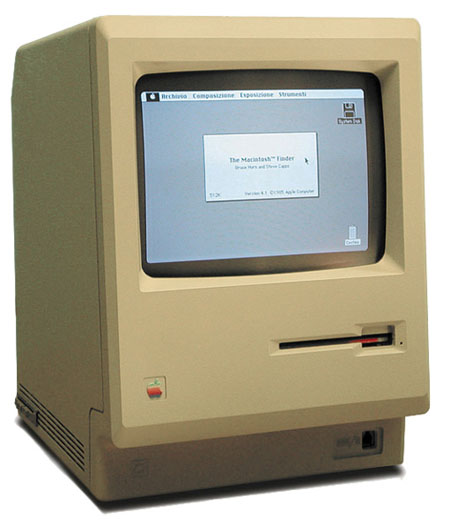
It is a true revolution, in which the ‘Mac’ becomes the human-scale computer and enters into rivalry with IBM, the company-scale computer. To introduce it to the market, Apple comes up with a winning idea: it airs the “1984?” commercial during the Super Bowl , which is followed closely by Americans.
Steve Jobs resigns: the decline begins
Success leads to clashes. In 1985 Wozniak left the company and Sculley removed all operational responsibilities from Jobs. Now Steve doesn’t count for much and in September he resigns. Sculley promises a better future without him, but in reality for Apple it is the beginning of a deep crisis, caused by unconvincing products and wrong strategies. Among all, the contract with Microsoft in which Apple allows the use of graphic elements of the Mac interface. Between 1994 and 1995 comes the most difficult moment: the company is in serious financial crisis, sells only products for professional use, dedicated especially to companies. The new CEO, Gil Amelio, tries an escape route by licensing the operating system to other computers.
The rebirth of Apple
To cope with economic difficulties and relaunch its products, Apple decides to purchase the company with the best and most innovative operating system on the market. It is called NeXT Computer Inc. and its founder is Steve Jobs. The acquisition allows Jobs to return to Apple and revive it.Fastweb Mobile Full
9€.95/monthInternet 200 GB and unlimited minuteswith 2 months of free offer!YOU DISCOVER
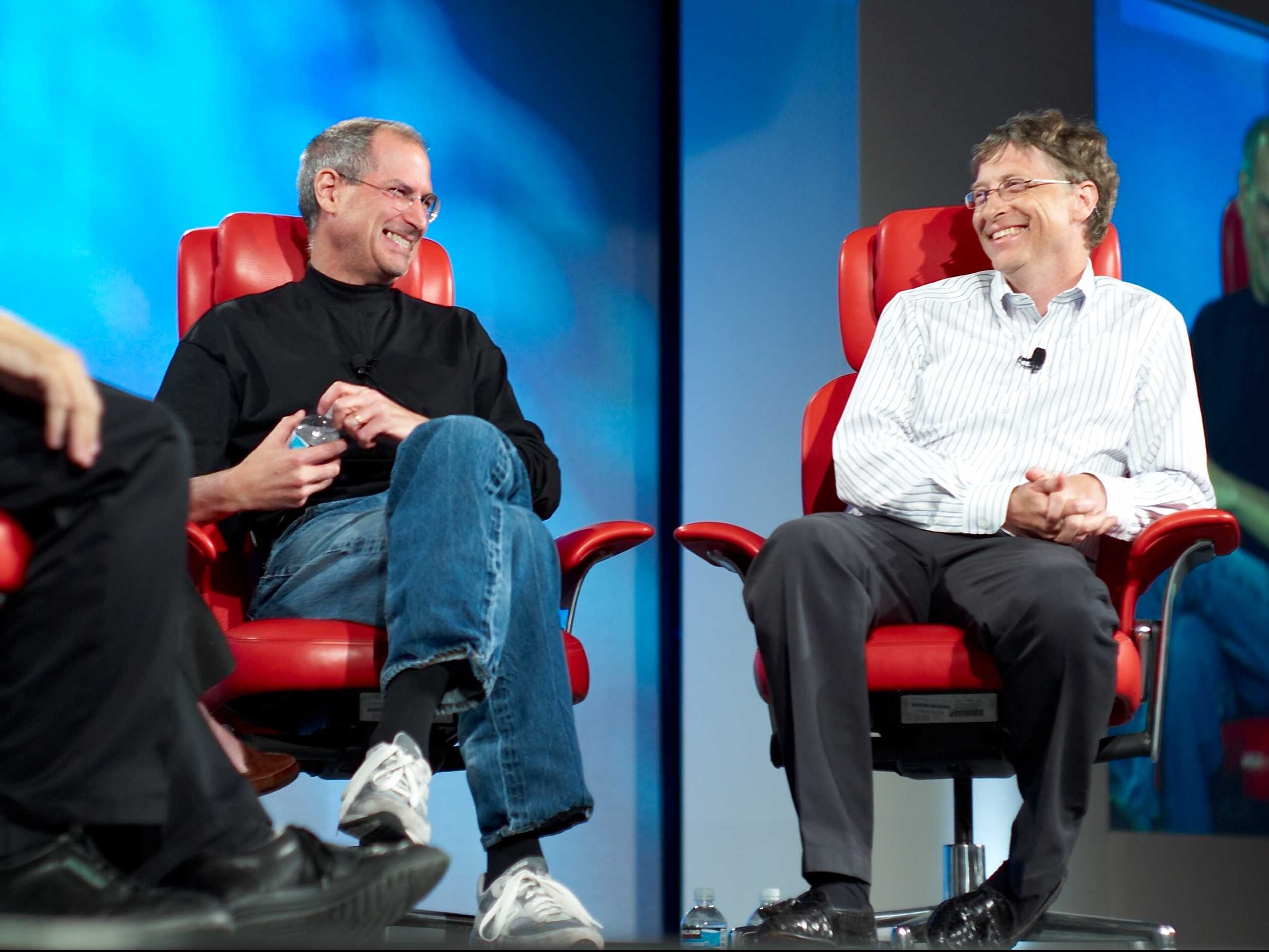
To avoid bankruptcy, in 1997 he even asked his rival Bill Gates to buy the company. Gates buys 7-8%. Jobs’ strategies turned out to be successful and were rewarded with his appointment as CEO after Amelio’s resignation. For the board of directors he can only be the most suitable person, but on only one condition: he must symbolically earn only 1% per year.
Think Different
Jobs’ return was marked by a slogan, which became the company’s philosophy: ‘Think Different’. It’s time for a change: many products that according to Jobs confuse the customer and are useless, if not unsuccessful, are being eliminated. The staff is renewed, the policy of licensing the operating system is abandoned and reinvested in an innovative and compact design. The logo also changes, going from rainbow colors to white apple. Computers, on the other hand, become colourful.

The Apple era
With a new image and a cutting-edge work group, Jobs launched a series of innovations that entered Apple into the Olympus of technology. In 1998 the iMac was born, without floppy disk and only with CD-ROM. In 1999 the iBook was released, the low-cost laptop equipped with wireless technology for connecting to the Internet. 2000 is the year of Mac OS At their launch, 2 million songs were purchased in just 16 days.
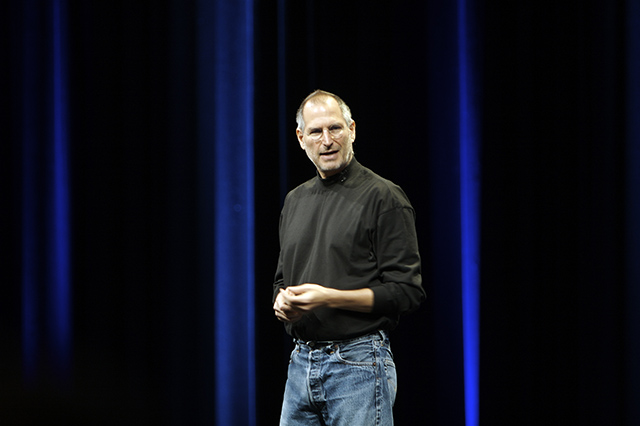
On January 9, 2007, at the Macworld Conference & Expo in San Francisco, Jobs presented the new Apple TV – a peripheral for enjoying multimedia content on home televisions – and the iPhone , which introduced a new way of making calls and navigating: by touch . The success is worldwide and in 2010 alone the company sold 15 million smartphones. The year is lucky, because the iPad is also launched , the first tablet to achieve worldwide sales success. The growth trend is now unstoppable, so much so that it overtook Microsoft and Exxon in terms of share capitalization and became the first company in the ranking in 2012, with a profit growth of 94%. The illness and subsequent death of Steve Jobs ( October 5, 2011 ) represent a very hard blow for the company and for millions of customers, but the technological innovation of the bitten apple continues.

After Jobs
To tell the truth, Steve Jobs had long since handed over the helm of command to Tim Cook . The official handover took place in August 2011 , when the Apple founder resigned from his role as CEO to pass the ball to his long-designated “dolphin”. The first months after Steve Jobs’ death were not the simplest : the company was experiencing a period of profound change and necessary “reorganization”. All this translates into a change of top management involving some of Apple’s key figures of the last 15 years. The goal is to increase collaboration between the hardware, software and services departments for more efficient development of new Bitten Apple products.

On 29 October 2012 Tim Cook announces the farewell of Scott Forstall, responsible for the launch of iOS (iPhone OS at the time of the first release): Craig Federighi (head of the iOS and OS while Jony Ive becomes the head of the Human Interface department (design of the user interfaces of the various Apple products and devices), with Eddy Cue called to direct the online services (including Siri and Maps). A few months after the change at the top, Apple launches iOS 7, the first version of the mobile operating system supervised by Jony Ive and the first to use a drastically different design compared to its predecessors.
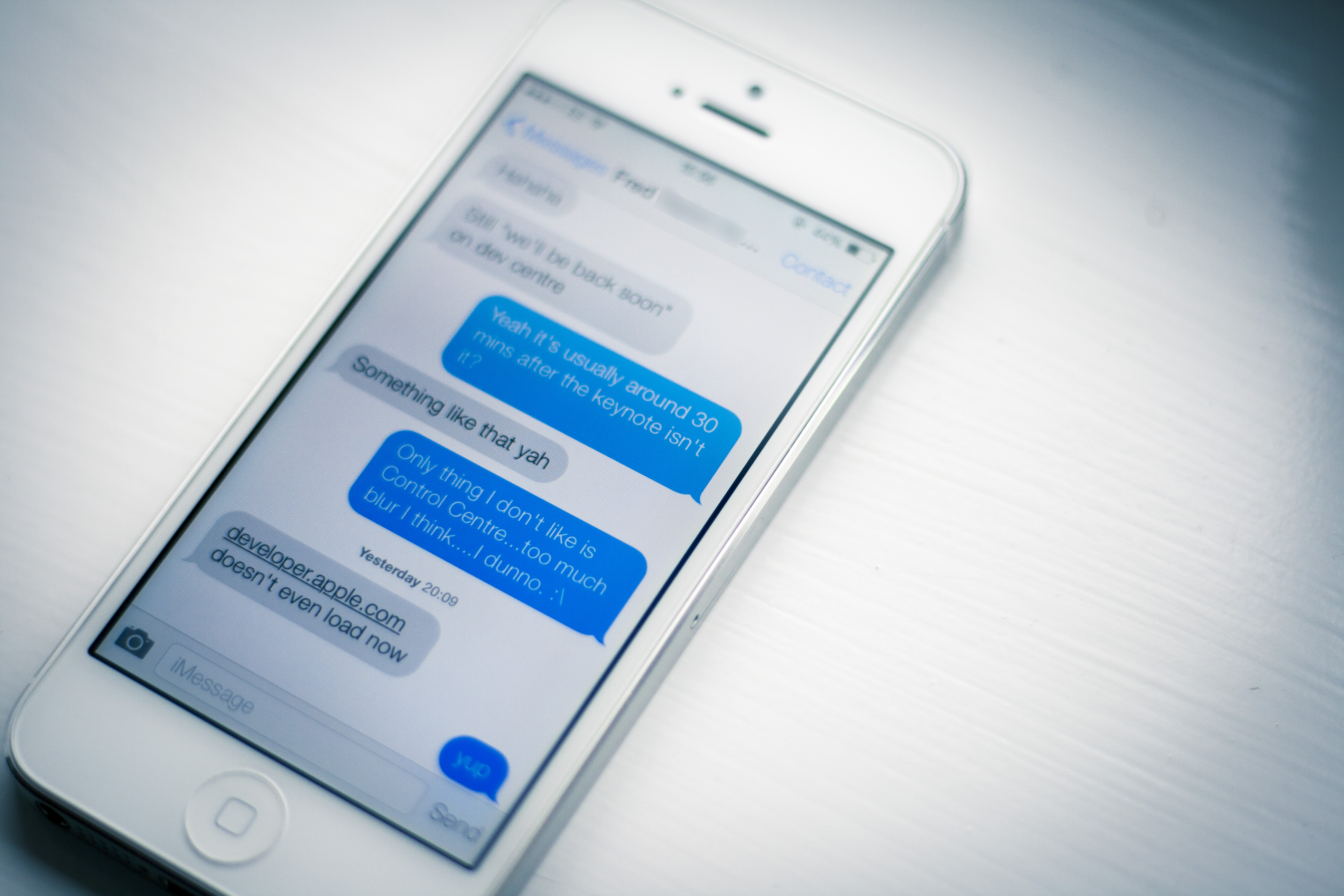
Crazy pace
After a moment of confusion and a few too many stumbles, Apple is back to grinding out new products and profits in the balance sheet. In this period, the first iPhones were released with a screen larger than 3.5 inches (the iPhone 5 ), with a biometric sensor ( Touch ID ) and the first iPads with Retina Display (technology subsequently also applied to the displays of MacBooks and iMacs) and a tablet with dimensions similar to those of a tablet ( iPad Pro ). Not only that: on 9 September 2014, after continuous announcements and denials, the Cupertino company presented the Apple Watch, the first product line launched from scratch after the death of Steve Jobs.

The post-Jobs period, however, is also marked by a series of acquisitions that allow the company to broaden its “basin of influence” even in sectors notoriously distant from its core business . An example is the acquisition of Beats Electronic (concluded on May 28, 2014 for a sum of approximately 3 billion dollars), one of the most famous manufacturers of audio peripherals on the world scene. A policy that allows Apple to increase its value on the market: the capitalization reaches monstrous figures and for some time the Cupertino company has dominated the ranking of the most valuable companies on Wall Street.

